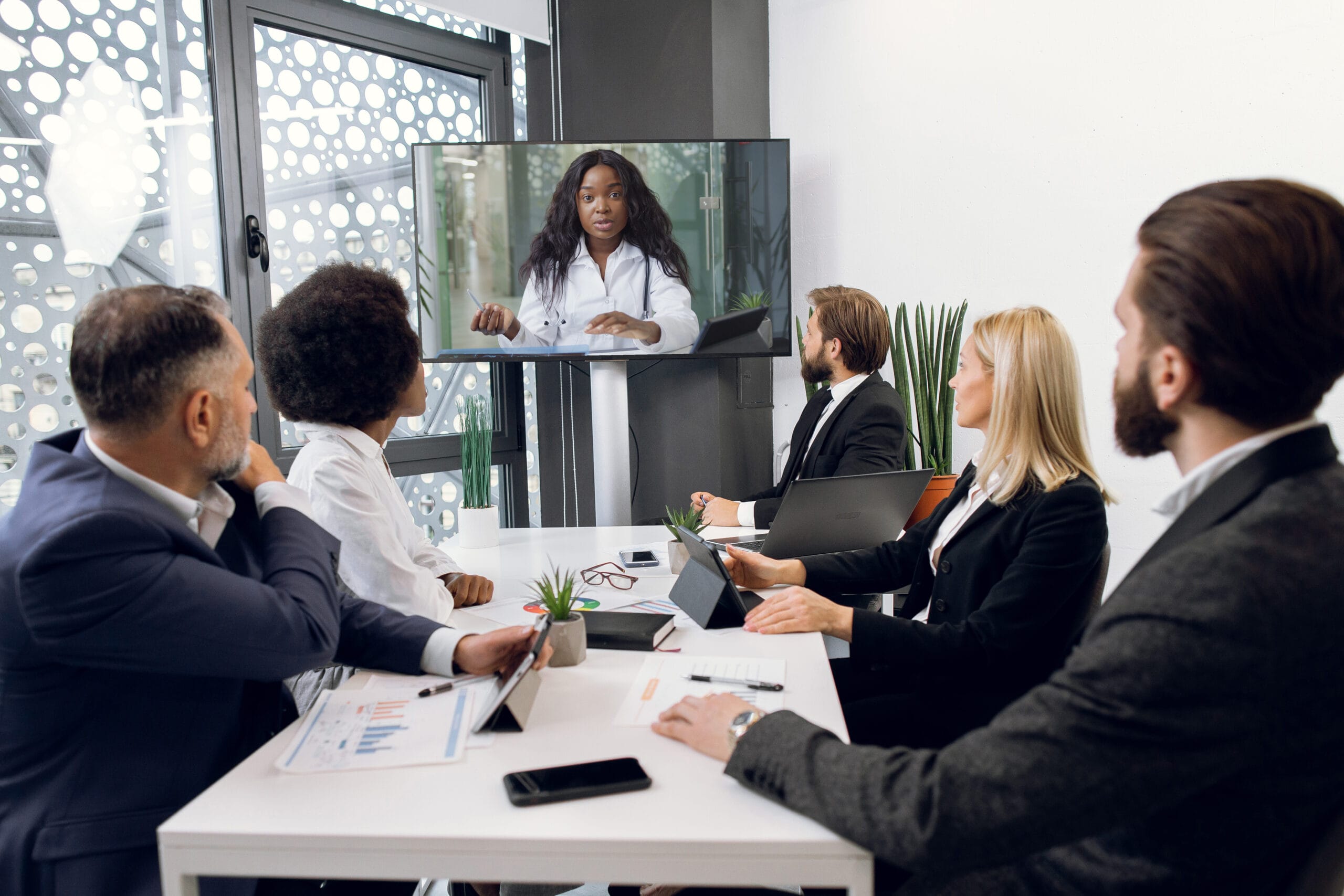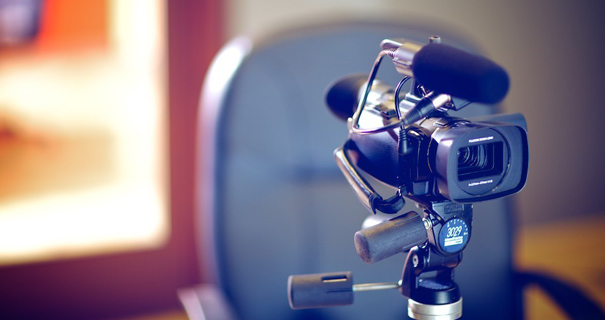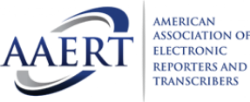Why Trial Presentations Are Key for Effective Cross-Examination in Court
Why Strong Trial Presentations Are Key to Legal Success
The importance of strong trial presentations can not be overstated in the realm of legal practice. These presentations work as the key vehicle for sharing arguments and evidence, fundamentally forming juror assumptions and affecting their decision-making procedures. A well-crafted narrative, improved by tactical visual help and emotional involvement, cultivates an extensive connection with jurors, eventually affecting their understanding of the case. The nuances of effectively adjusting these presentations to diverse juror histories introduce complexities that merit more expedition, particularly in the context of attaining positive results in trials.
Importance of Efficient Communication
Just how can effective interaction shape the end result of a legal test? Effective interaction is critical in a lawful setting, as it functions as the conduit whereby arguments, evidence, and lawful principles are shared to discretionary. Clear articulation of truths and lawful precedents enables an influential discussion that can substantially influence the decision-making procedure. In the courtroom, the capability to existing complex info in an accessible way is vital, as jury members might not have a legal background.
Moreover, effective communication promotes relationship and trust between attorneys and their clients, improving partnership and making certain that all events are straightened in their objectives. It also plays an important function in court option and involvement, where the capacity to get in touch with jurors can influence their receptiveness to the instance. In addition, non-verbal interaction, such as body movement and eye contact, adds to the total impact a lawyer makes, enhancing spoken messages.
Eventually, grasping efficient communication can cause an extra engaging and meaningful presentation, enhancing the likelihood of a favorable verdict. Hence, legal representatives need to prioritize refining their communication skills as a keystone of their test preparation and strategy.

Crafting a Compelling Narrative
Reliable communication prepares for crafting a compelling narrative in legal trials. A well-structured narrative not only engages the court however likewise clarifies complex legal problems. The objective is to provide the realities in a manner that reverberates psychologically and logically with the target market, permitting them to comprehend the case from the client's perspective.
To accomplish this, attorneys must determine the central theme or message of the case, which functions as the backbone of the story. Each item of proof and witness testament must be woven right into this style, strengthening it rather than taking away from it. This produces a cohesive storyline that is easy for the court to adhere to.
In addition, making use of relatable personalities-- be it the plaintiff, accused, or essential witnesses-- can humanize the case, making it more memorable. Lawyers need to likewise consider the pacing of their narrative, making certain that defining moments are highlighted which the tale unfolds in a logical development.
Eventually, a compelling story transforms the presentation of realities into a persuasive debate, assisting the jury towards a positive final thought while ensuring that the intricacies of the legal system continue to be easily accessible and reasonable.
Using Visual Help
Aesthetic help play an important role in improving the comprehension and retention of details during lawful trials. By presenting complex data and debates visually, lawyers can simplify complex details, making them more obtainable to jurors. Charts, graphs, and photos can efficiently highlight bottom lines, enabling jurors to realize important truths rapidly.
Making use of visual help not just aids in clearness yet also engages the target market's focus. Jurors are most likely to remember info offered visually than with spoken descriptions alone. As an example, demonstrating timelines with graphes can clear up the series of occasions, helping jurors comprehend the context of the situation.
In addition, visual aids can help to highlight variations in proof, making them a lot more obvious. When made use of purposefully, they can emphasize the strength of the argument or expose weaknesses in the opposite side's situation. trial presentations. Making use of innovation, such as interactive discussions or computer animations, can further improve interaction and understanding
Engaging the Jury Mentally
Typically, effective trial presentations need more than just sensible debates and valid proof; they need to likewise resonate on an emotional level with jurors. Involving the court psychologically can dramatically affect their assumption of the instance and their best decision. By crafting a narrative that humanizes the parties involved, lawyers can develop an emotional connection that encourages jurors to empathize with the clients' experiences.
To attain this, legal representatives must concentrate on storytelling strategies that highlight the individual stakes and real-life implications of the instance. This may entail sharing emotional narratives or utilizing effective visuals that stimulate feelings of concern, temper, or unhappiness. Such elements can aid jurors see beyond the lawful complexities and recognize the human dimensions of the scenario.
Additionally, the use of tone, body language, and eye call during the my review here discussion can additionally enhance psychological interaction. An attorney's authenticity and passion can reverberate with jurors, making them much more responsive to the disagreements existing. Inevitably, when jurors feel emotionally purchased a case, they are extra likely to keep in mind the crucial messages and deliver a positive verdict. Therefore, psychological interaction is a crucial component of an engaging test presentation.
Adjusting to Audience Expectations
Recognizing the assumptions of the jury is important for an effective test presentation. Jurors included preconditioned ideas influenced by personal experiences and societal stories, which can dramatically impact their decision-making. Customizing your discussion to straighten with these assumptions can boost your this hyperlink persuasive power.

In addition, developing integrity is critical. Jurors anticipate lawyers to present proof and debates that are not only compelling yet also fairly seem - trial presentations. This consists of being transparent about the staminas and weak points of your instance, which cultivates count on and respect
Finally, expect jurors' concerns and worries. Resolving possible uncertainties proactively see this site shows an understanding of their viewpoint and a dedication to clearness. By adjusting your discussion to fulfill audience assumptions, you develop an even more engaging narrative, eventually enhancing the chances of a favorable verdict.

Conclusion
Finally, strong test discussions are vital to accomplishing legal success. Reliable communication, a compelling story, calculated use of aesthetic help, emotional involvement with the court, and adaptation to target market expectations collectively boost juror understanding and retention of important information. These components not just develop the integrity of today party however also dramatically influence juror perceptions and decision-making. Mastering the art of test presentation is necessary for legal experts aiming to protect favorable end results.